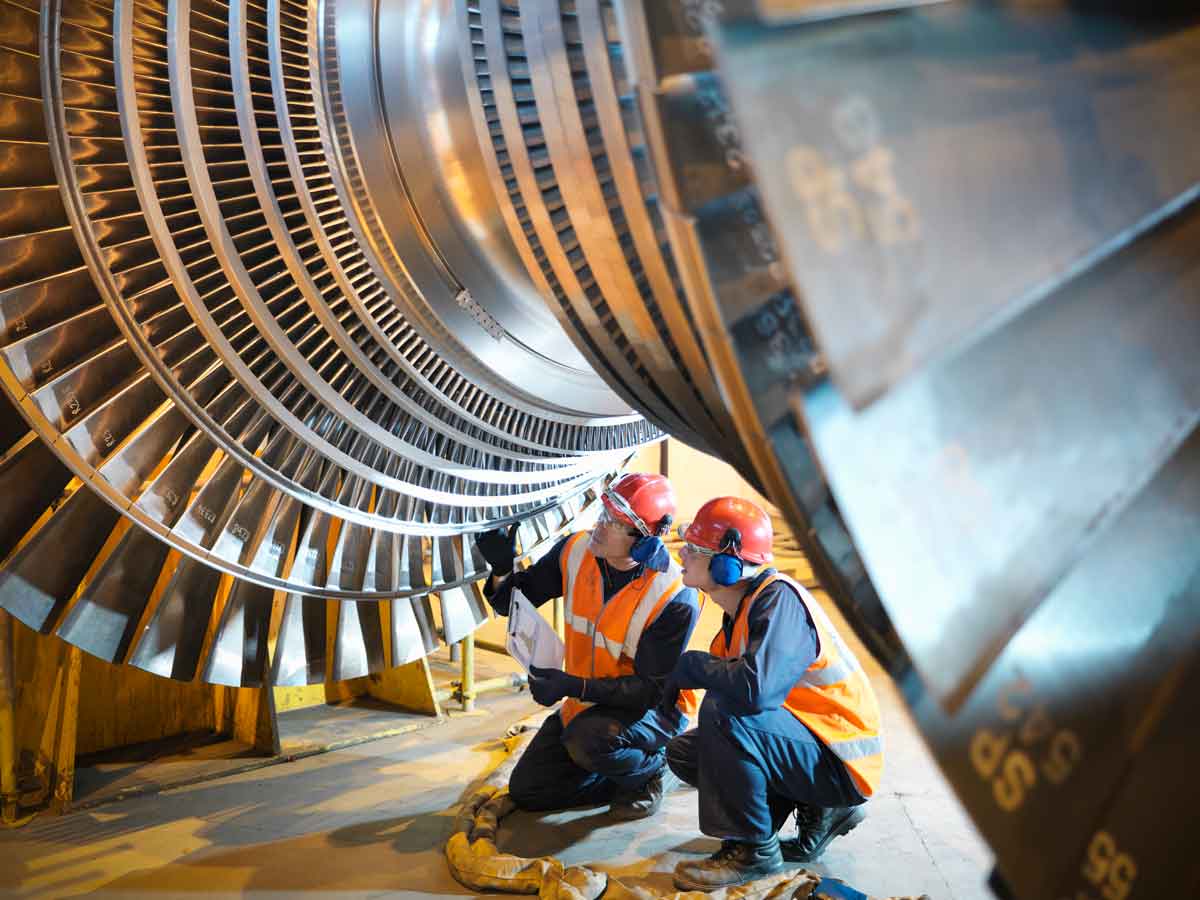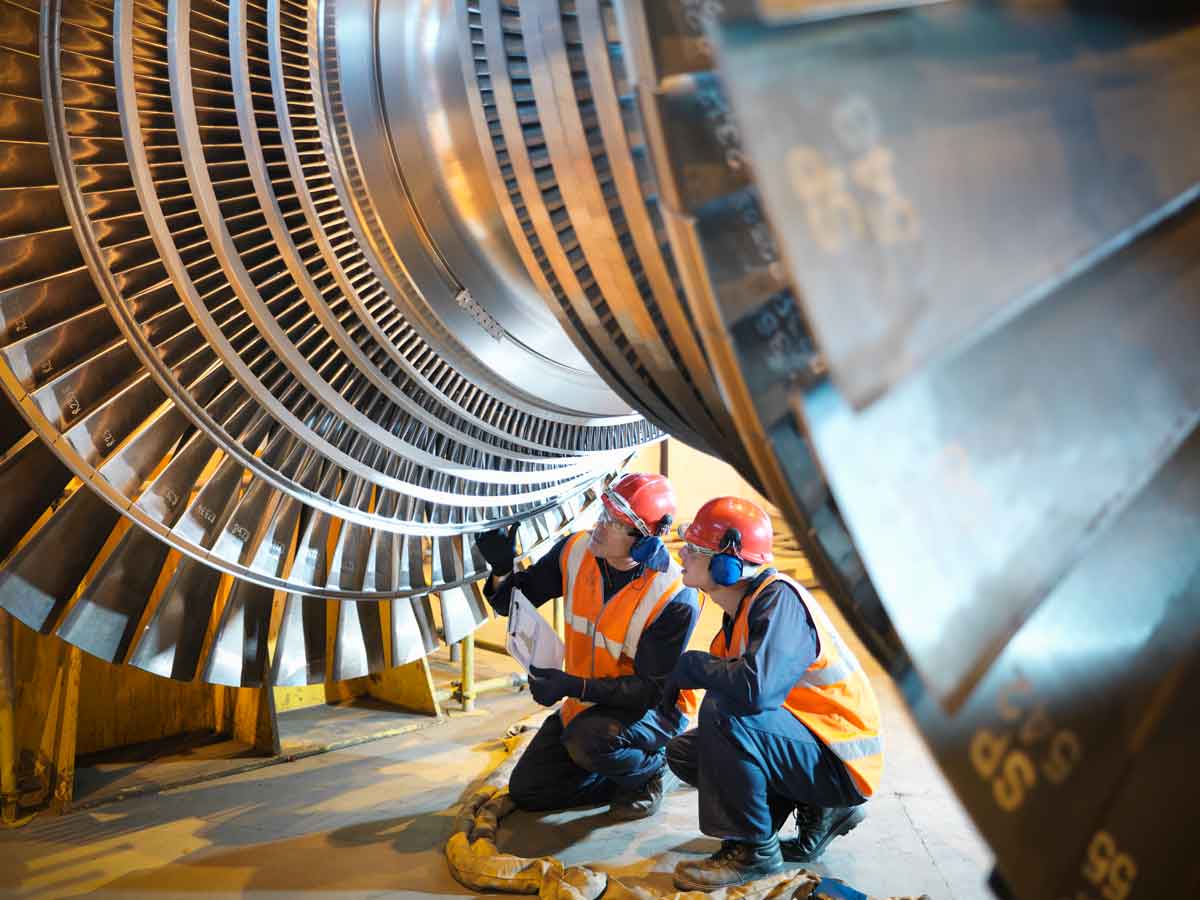
Companies use digital twin technology to step into the future
 A digital twin can show the operational state of the equipment in real-time and predict failures in time for them to be prevented (Getty Images/Monty Rakusen)
A digital twin can show the operational state of the equipment in real-time and predict failures in time for them to be prevented (Getty Images/Monty Rakusen)
Imagine a wind turbine in the far north, miles from any sort of transportation route. Technicians must fly in or use some sort of all-terrain vehicle (or even a dogsled) to do routine maintenance checks. It’s arduous for the techs and expensive for the operators, yet it’s critical if power is to keep flowing from the unit.
Or think of the frustration when the elevators, escalators, or moving walkways in a busy airport break down, or when the elevators in a skyscraper conk out, or high-speed manufacturing equipment grinds to an unexpected halt. Again, it’s expensive, inconvenient and possibly a safety risk.
Enter the digital twin. No, it won’t save a technician that trek north to replace a failed turbine, but it can predict when the thing could possibly fail, and how, so the tech can choose a good time to go and replace it—and will know precisely what to replace— before it dies and power generation ceases.
WHAT IS DIGITAL TWIN TECHNOLOGY?
Simply put, a digital twin is a software representation of a physical entity, either living or non-living. It can show the operational state of the equipment in real-time to the maintainers of those turbines, elevators, escalators, and other things—and predict failures in time for them to be prevented.
With the addition of augmented reality and virtual reality (AR/VR), notes Biren Agnihotri, Canadian intelligent automation leader for EY, digital twins can assist technicians in making repairs or even let them perform some adjustments remotely, without having to stop the machine or trek into the snow.
First defined in the early 2000s, digital twin tech has evolved to the point that Gartner, a research and advisory company, declared it one of the top 10 strategic technology trends for 2017. In 2019, it was listed in its top 10 again, highlighting that the focus is on digital twins in the Internet of Things (IoT). The technology became practical with the advent of the IoT, when the twin could be fed information from its physical self through real-time sensor data.
For example, Brazilian tractor manufacturer Stara uses digital twins of its machinery to proactively predict and prevent malfunctions, and U.S. manufacturer Kaeser has been able to proactively monitor and maintain the equipment as well as use the telemetry to change the billing model for its compressed air products to reflect actual usage.
HOW DOES IT WORK?
GE Digital, a pioneer user of the technology, defines a hierarchy of digital twins, the most common being: component (e.g. a rotor or a bulb), asset (a collection of components, e.g. a turbine, an MRI machine), system (a collection of assets, e.g. an aircraft) and process (e.g. a set of activities or operations such as a manufacturing process; its focus is more on the process than on the equipment).
“By knowing current context and predicting future state of a digital twin, the user can effectively monitor, simulate, and control an asset or process, and optimize lifecycles whether it is online or offline,” the company notes on its website.
With a digital twin, technicians no longer have to brave northern weather just to check the state of that remote wind turbine. They can query its digital twin, whose instrumentation echoes that of the physical device, analyzing its performance and predicting when it will require maintenance or whether it needs adjustment.
But these simulations aren’t restricted to things. They can also apply to organizations. PwC, for example, uses digital twins as part of its transformation practice to identify things that are impeding or enabling digital transformation strategy execution.
Microsoft’s Azure Digital Twins IoT service takes things a step farther, allowing customers to create models of physical environments such as a hospital or a stadium, as well as systems like the electrical grid. Customers can model relationships between people, places and devices, giving them the intelligence necessary to improve the spaces and enhance human experience.
Aside from use in monitoring and control, digital twins can be used to evaluate “what if” scenarios. It’s costly, and possibly destructive, to make a design change or to tweak settings on a piece of equipment just to see if it would improve performance or to gauge its tolerance to out-of-spec conditions. Those tests can be done with a digital twin without wreaking any physical havoc.
TOWARDS THE FUTURE
But the potential of digital twins won’t be realized without adjustments. “Their proliferation will require a cultural change, as those who understand the maintenance of real-world things collaborate with data scientists and IT professionals,” Gartner noted in its 2017 top 10 discussion. “Digital twins of physical assets combined with digital representations of facilities and environments as well as people, businesses and processes will enable an increasingly detailed digital representation of the real world for simulation, analysis and control.”
Digital twins aren’t cheap, adds Agnihotri, but they’re less expensive than physical replicas of equipment. “I think they will be a game changer in the future,” he says.
BE MORE TECH-SAVVY
Blockchain, data analytics, artificial intelligence—there are a number of advanced technologies CPAs need to be prepared for as the industry changes. CPA Canada’s webinar, Technology issues facing CPAs, shares insights on these trends and he impact they will have on accounting professionals. Also, keep up-to-date with the latest trends in our Technology Spotlight series.